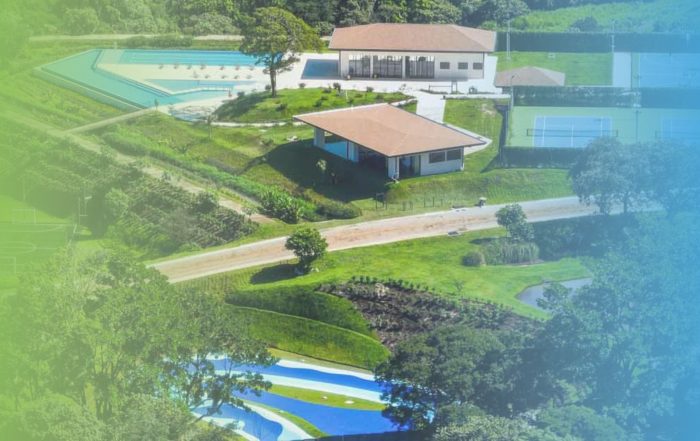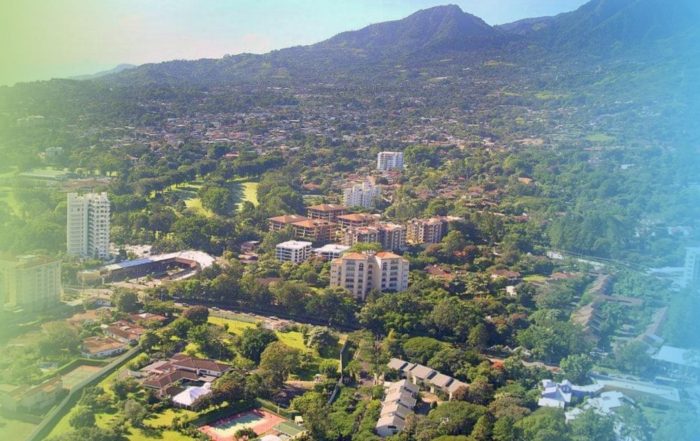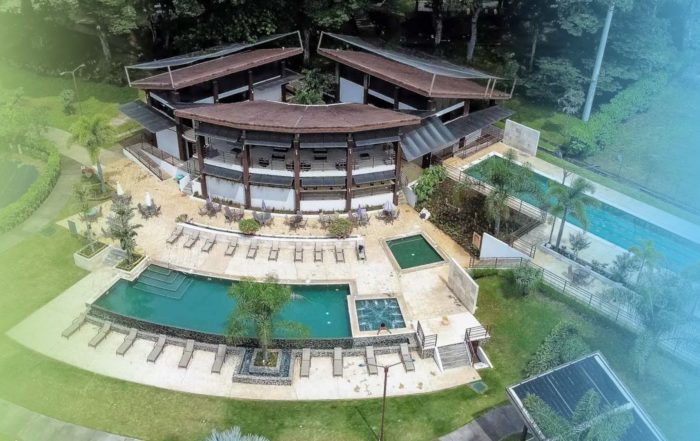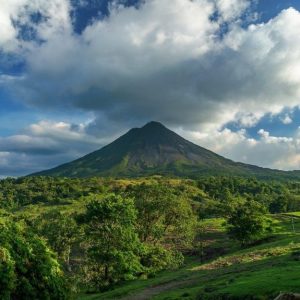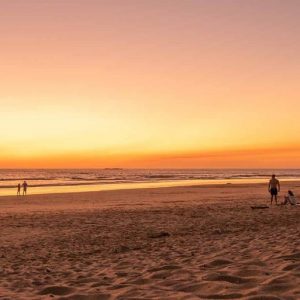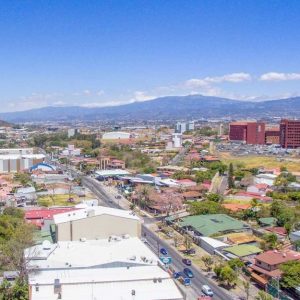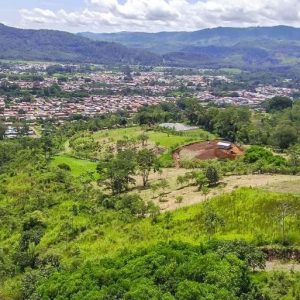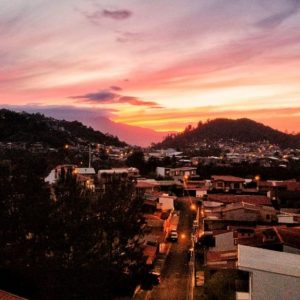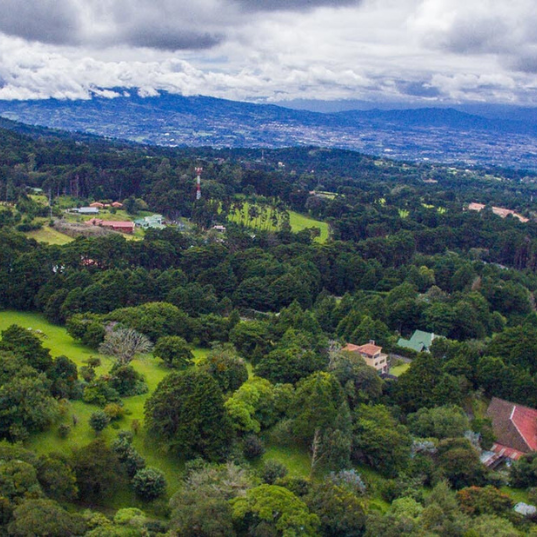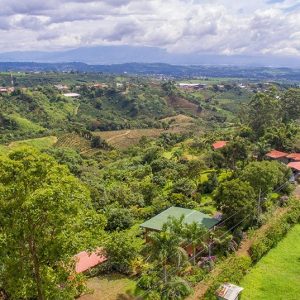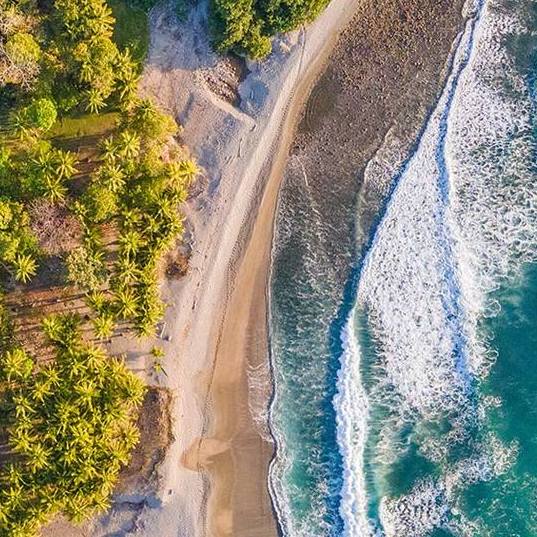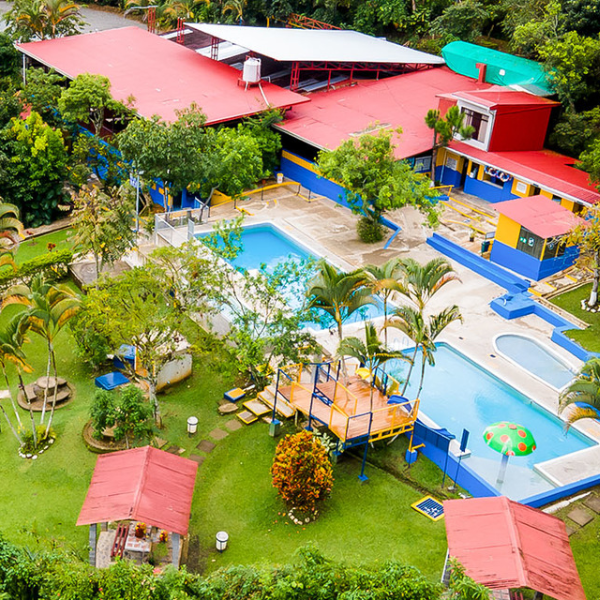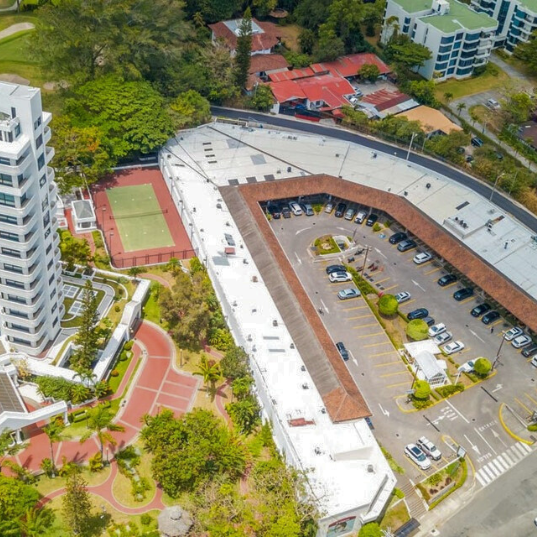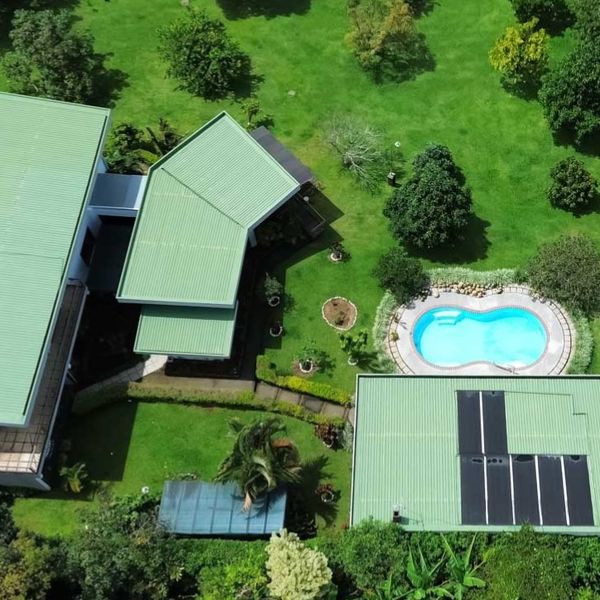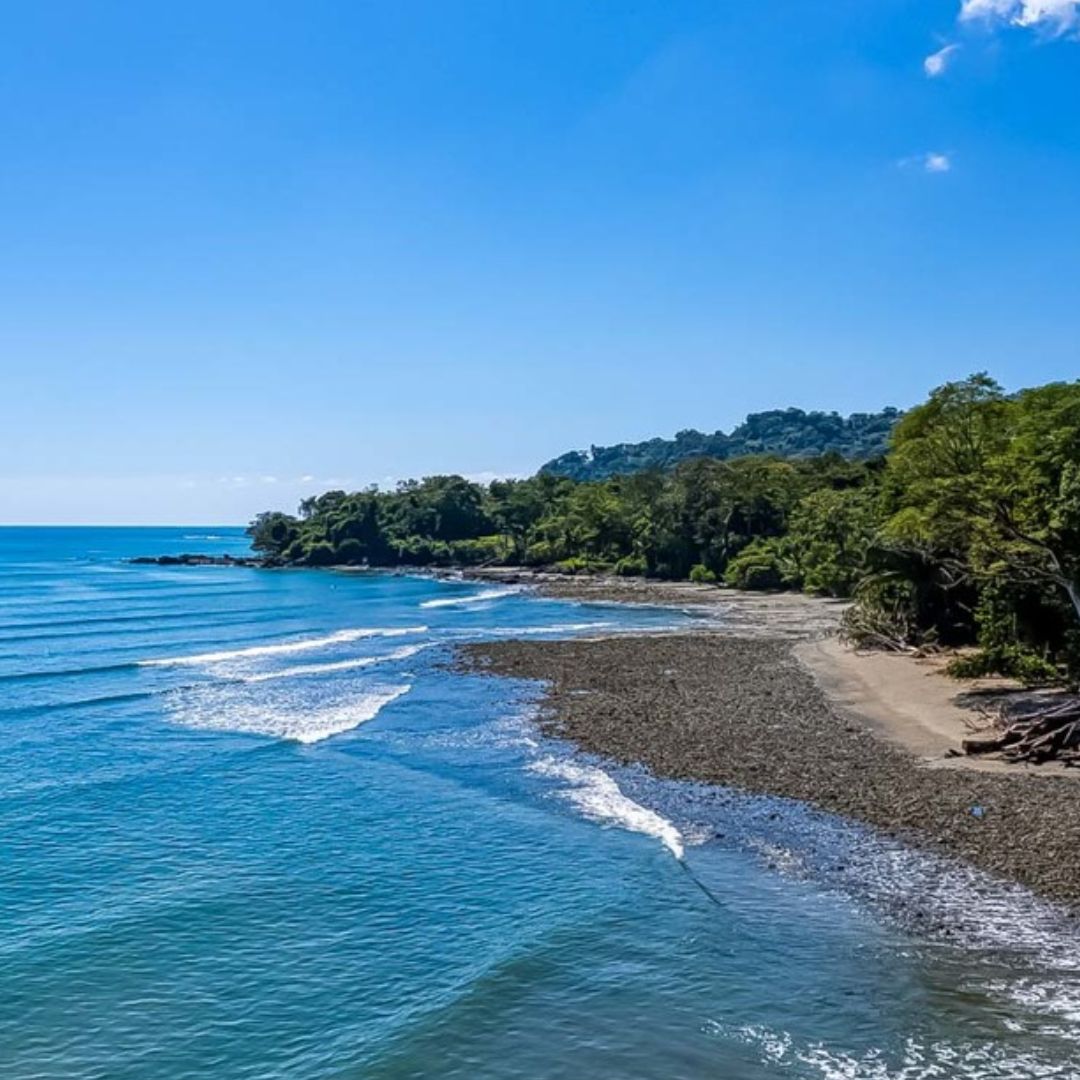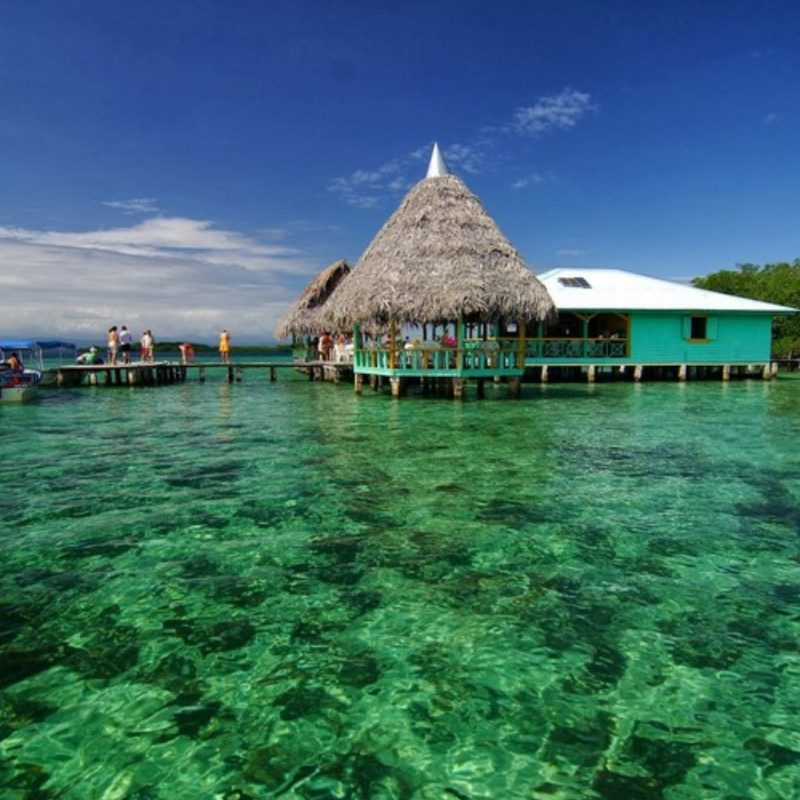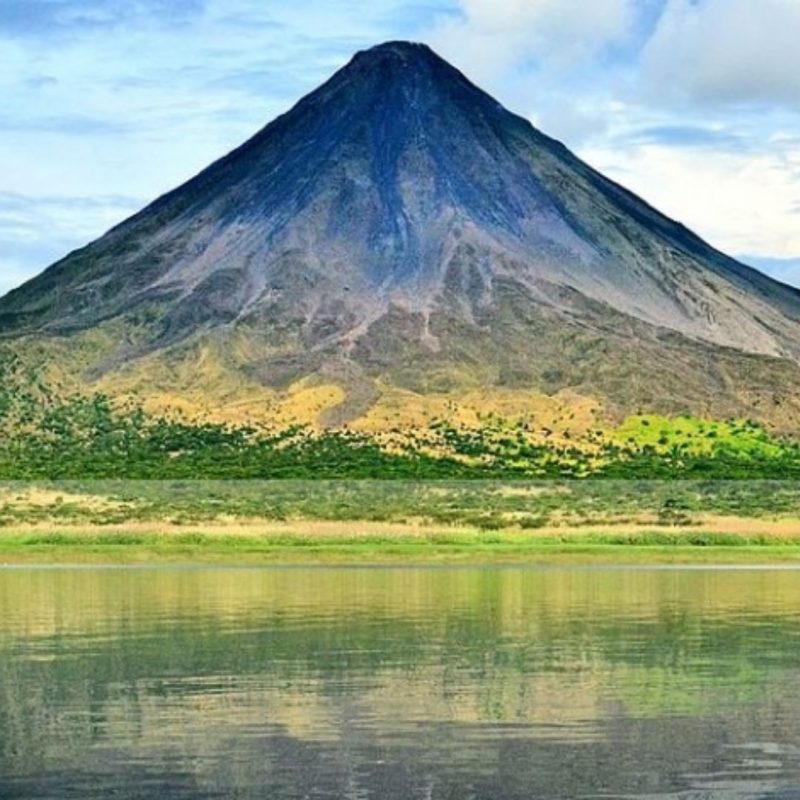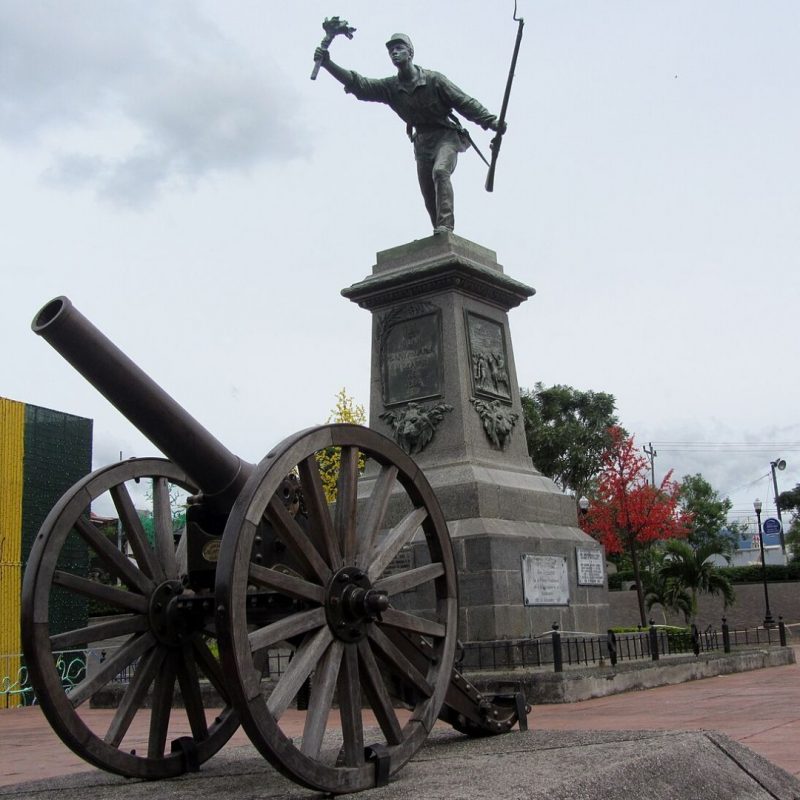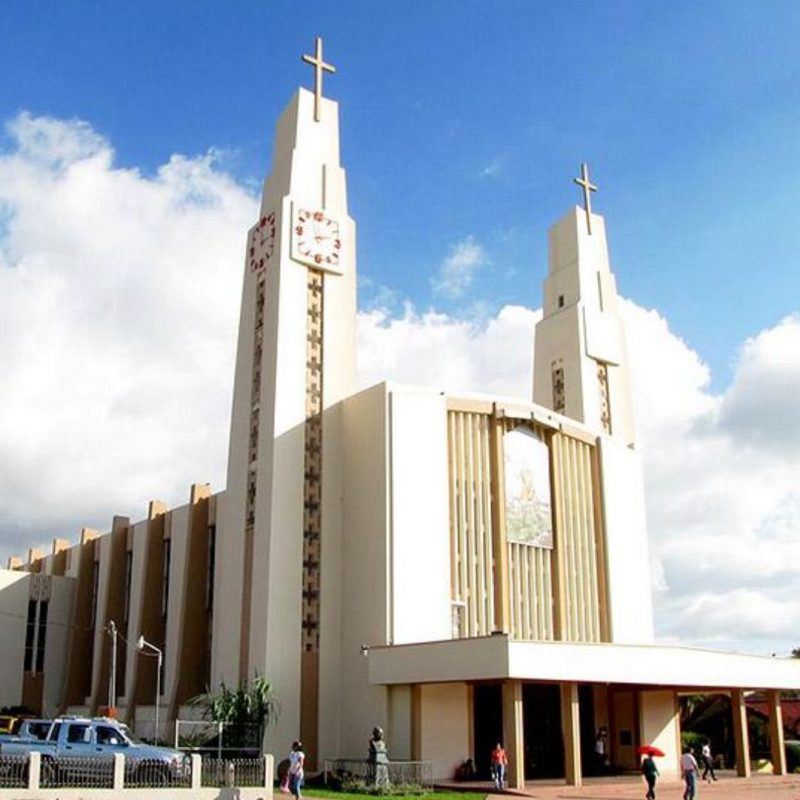The Real State Market in the Osa is full of opportunities. Therefore, if you want to sell property in this area, it is important to know the profiles of the buyers, the categories with the highest demand and the property projections. Before starting the selling process, some preliminary steps should be taken that will help to manage and develop each stage in the best possible way, avoiding conflicts and guaranteeing the benefit of all parties involved.
Although there may be different answers, it is important to prioritise them. At this early stage, the decision to sell and the way in which the sale is developed will be both objective and subjective.
Objective answers
At this stage, the owner analyses what the needs of the sale are and what is expected at the end of the process. Some of the answers may be
- Improve quality of life
- Relocation
- Capital investment
- Urgent payments
- Or others
For the owner, the previous situations in which the property has been involved are taken into account, for example if it is an inheritance or a long-standing family home. Investments and expenditure on repairs and improvements are also taken into account.
When determining the reason for the sale, the aim is to make a projection of the owner’s expectations, including the starting price, the estimated time the property will be on the market and the expected profit from the sale.
It is important to consult a property consultant to help you analyse what is a fair market price and the profile of potential buyers who may be interested in your property.
In order to achieve a balanced projection, it is necessary to take into account a number of variables such as location, availability, mortgage studies, inventories, square metre values, local taxes and any other comparable option that applies in the specific case. It should be understood that prices are given in ranges and are estimates (not absolutes), as no client has been negotiated at this early stage.
Subjective responses
The owner must identify these characteristics in order to place the property in the correct market. They are subjective because they seek to identify the ’emotional’ or subjective outlook of potential buyers, so answering each of them will help to market, advertise and promote your property correctly within the property market.
- Where can I place my property on the market to make the most profit?
- Why should a buyer invest in my property?
- What makes my property stand out from others on the market?
- What are the benefits of my property to a potential buyer?
It is essential to contact a real estate consulting firm to help you position your property within the Osa real estate market. The use of digital tools and platforms will help you position your property as the best option, have a greater reach and allow for a filtering process in which interested potential buyers are pre-screened, thus facilitating the sales process.
Before placing the property on the market, it is necessary to have the information that determines its real value, capacities and sales potential. It is necessary to have this information before the sale as it will help to find the profile of possible buyers and thus place the property in the right market.
Some previous information are
- Cadastre Plan: This is a graphic representation of the area and boundaries of the property, allowing the actual data to be verified and important information such as the presence of easements to be confirmed. It is essential that this document is in good condition and legible. If you do not have it, or if it is in poor condition, you can consult it here.
- Liens and encumbrances: Encumbrances are charges on immovable property that correspond to the payment of a debt. They are provisional and subject to the determination of a real right that is in dispute. This is important information for all parties involved in the sale process and is obtained through a land registry search.
- Uses of the land: The most advisable is to have the certificates of use, as they allow to know the potential of the property, i.e.: commercial, mixed, residential, agricultural use… This document is requested from the municipality where the property is located.
Below are direct links to the websites of some of the municipalities in the Osa region:
– Municipality of Puerto Jiménez
- Construction plans: These provide information on relevant aspects of the constructed property, such as information on electrical wiring, plumbing, septic tanks, etc.
- Surveys: It is important to keep valuations up to date, as they may become obsolete over time, as a property is depreciated on an annual basis.
All the information obtained from these technical instruments helps to determine the real value of the property. It is not the same to position the property for nationals as it is for foreigners, for example those interested in investment or those looking for a home.
Clear communication with the consultant is essential to avoid future conflicts in the buying and selling process.
The conditions for selling depend on the type of property you own. The main ones are:
- Lots: Independent plots of land, without buildings and legally registered. They can have different uses depending on their location and characteristics.
- Houses: Properties with building plans, legally registered and intended for residential use.
- Productive farms: Independent plots of land, but unlike plots of land, they are dedicated to the production of goods. They have specific regulations and are designed to ensure rational land use and environmental sustainability.
- Recreational Quintas: Plots without specific dimensions, but whose main characteristic is their large green areas. They usually have a house for recreational use.
- Commercial properties: properties used for commercial purposes, whether office complexes, shops, restaurants or other types of services.
Property-specific specifications:
In addition to knowing what type of property you want to sell, you need to know the variables and specifications of the property you want to sell. This is the important information you should know if you want to sell your property in Heredia and it has some of these variables:
Selling in condominium:
- Know the use of the property being sold, whether it is commercial or residential.
- Must be up to date with the payment of condominium fees and any other fees issued by the condominium administration. It must also provide information on the amount of fees, management and arrears of the condominium.
- You need to have the rules and regulations of the condominium and the building regulations (in the case of a plotted condominium) and, if possible, the minutes of the general meeting to facilitate the sale process.
- Know what the communal areas are and how they are used. Also have information about water, sewage and electricity.
Vender en Urbanización o residencial:
- Conocer la ubicación exacta: distrito y cantón al que pertenece.
- Brindar información sobre los servicios públicos, la seguridad y si se trata de una comunidad organizada.
- Establecer previamente cuales son las entradas y accesos controlados y si tienen aguja o no.
Selling in rural areas:
- Be aware of the local authority’s zoning plan to understand what percentage of development is allowed, whether segregation is allowed and if there are any easements.
- Telephone and internet facilities.
- Know if the water is municipal or from asadas. Also have information about registered or unregistered wells.
For sale in commercial and industrial areas of Osa:
- Must comply with Law 7600.
- Have the certificates of land use for commercial or industrial use and the definition of the area that can be used for it.
- Know the access roads and commercial attractiveness; as well as the availability of parking.
- Know the Free Zone regime and whether it applies to the area in which the property is located, for tax purposes.
- If it is an industrial property, be clear about access to electricity and voltage according to the buyer’s needs.
To better understand what it takes to sell in the Osa Beach area, you need to know the difference between beachfront properties and oceanfront properties. You may own a property that is a few steps from the beach, or has a path to the beach, or a view of the sea, and this does not mean that it is part of a maritime zone. If your property belongs to a maritime zone, you cannot be the owner because Costa Rican beaches are public property.
Maritime-Terrestrial Zone Law
The Maritime-Terrestrial Zone Law (Law No. 6043 of 1977) regulates the registration and use of waterfront property in Costa Rica. The law creates two zones along the Pacific and Atlantic coasts of Costa Rica. The islands are also covered by this law. The national government owns the land within this ‘Maritime/Terrestrial’ restricted zone and the municipalities administer it. It is measured from the high tide line inland. The two zones have a total width of 200 metres along the beach:
- Public Zone: is a 50 metre wide strip of beachfront between the high tide line and the outer line of the restricted zone. This area of the beach is open to the public. Private ownership or occupation of this zone is strictly prohibited. No one may enter private property or the restricted zone to reach the public zone.
- Restricted Zone: is a strip on the beaches 150 metres wide from the boundary of the public zone inland. The law allows the government to grant leases, called concessions, for the occupation and use of this beach zone, for periods ranging from 5 to 20 years. This zone is the land that households or businesses along the seafront can use for their own benefit or for monetary gain. Some buildings are allowed in this zone, but must be returned to the municipalities at the end of the lease, unless the lease is renewed.
Concessions for properties within the Maritime Zone
The National Geographic Institute marks the marine zone of Costa Rica. If the zone is not marked and does not have an approved development plan, the Costa Rican authorities cannot issue building permits for the development of beachfront property in the zone. The Costa Rican Tourism Board (ICT) approves leases in the restricted zone, but it is the municipalities that grant and manage concessions for land ownership in the maritime zone. All concessions are recorded in the Concession Registry at the Public Registry in San José.
Before a concession can be granted, the first line of the beach where the property is located must have an approved Regulatory Plan. Only the actual concession defines the rights and conditions that the occupant of the property will have. These concessions or leases are granted for periods ranging from five to twenty years. Once the concession (lease) has been approved, it is registered in a special register for concessions at the National Registry. An annual fee must be paid to the municipality for the duration of the lease to keep it up to date. Failure to pay can result in the lease being terminated, with the loss of all your buildings on the lease. An extension to the lease can be applied for from the local authority. Extensions are normally granted with the prior approval of the ICT.
Precautions for beach houses and land
Although the municipalities collect a land use tax, known as a canon, from occupiers of land in the maritime zone, this does not mean that the concession has been granted. As such, the payment of a canon is simply the recognition of the right of possession. These are other points of law that must be respected in order to protect your concession.
There are some restrictions for the granting of a concession, which are
- Foreigners who have not resided in Costa Rica for five years.
- Companies with bearer shares
- Foreign companies incorporated abroad
- A company incorporated in Costa Rica exclusively for foreigners
- A corporation with a capital of more than fifty percent of foreigners (ZM Article 47)
Licences may be forfeited for the following reasons:
- Failure to apply for renewal of a concession in a timely manner.
- Forfeiture of the rights of interested parties
- Legal absence or death of the concessionaire without heirs
- Failure to fulfil the obligations referred to in Article 51.
- Cancellation of the concession (Article 52 of the ZM)
The ICT may terminate a concession in the event of
- Failure to pay the annual fee or royalties.
- Breach of contract (e.g. use of the site for purposes other than those expressly authorised by ICT)
- Breach of the provisions of the law granting the concession
- Obstruction of the use of the public highway
- Other grounds established by law (Article 53 of the ZM)
Knowing this information before you place your property on the Osa Peninsula property market will give you an edge when selling. Your knowledge will be extensive and you will be able to identify the ideal buyers.
If you have any questions about selling property in the Osa, or any other related topic, please do not hesitate to contact our advisors at Nativu Osa.
Artículos de venta en Nuestro Blog
Condominiums or apartments: Who benefits?
Loretto Coto2025-03-18T13:47:23-06:0010 March, 2025|
People of Santa Teresa: Learn About LegalShe
Loretto Coto2025-04-10T10:51:29-06:006 March, 2025|
Discover the amenities of a condominium
Loretto Coto2025-03-05T12:05:39-06:005 March, 2025|
Escazu Real Estate Trends 2025
Alejandra Hernandez2025-03-04T15:01:47-06:004 March, 2025|
How to choose a lot? Make a good choice
Loretto Coto2025-03-02T22:25:42-06:002 March, 2025|
Condominium or apartment? What are the differences?
Alejandra Hernandez2025-02-26T15:41:34-06:0025 February, 2025|
Guías de venta por zona




